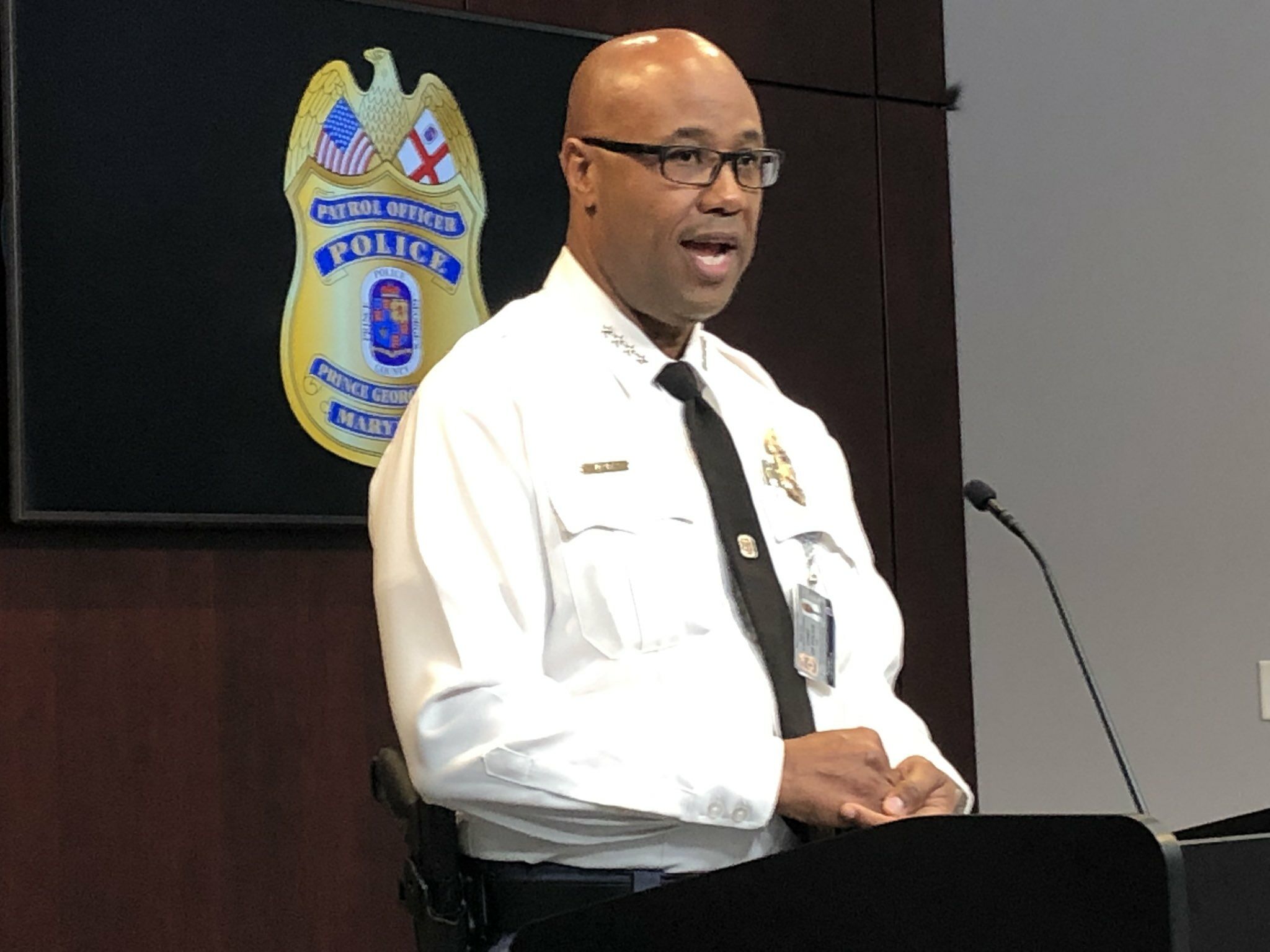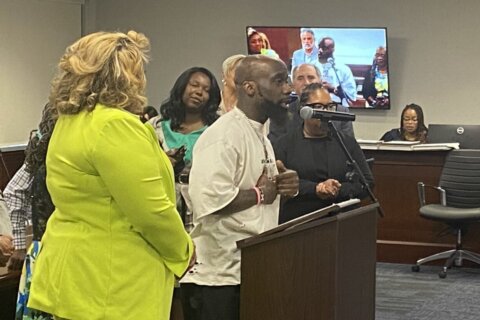
All along, Prince George’s County, Maryland, leaders said stricter enforcement of the youth curfew starting in early September wasn’t the solution to a spike in crime that tore through the county at the end of the summer.
And even after boasting about the significant drop in crime since the curfew took effect, you still won’t find public safety leaders saying it’s part of the solution, or even the entire reason why the drop in crime happened.
But they will concede it’s one piece of the puzzle, one domino that fell over the last 30 days to get to this point.
“There are many contributing factors to why crime went down during this period,” conceded Prince George’s County Police Chief Malik Aziz.
“It is cooperative youth. It is more attention to the matter brought on by the county executive. It is a more meaningful dialogue between our other partners inside this criminal justice – delicate criminal justice ecosystem. The weaving of summer into fall. More activities and school,” Aziz said.
“I could go on with probably 25 or 30 more variables for why things like that happen.” All of that put together, he added, “can go any way on any given day, because the terrain constantly evolves.”
He and County Executive Angela Alsobrooks both were quick to credit parents and other community members around the county for being more engaged with youth, too.
“We’ve engaged more closely with parents and residents across Prince George’s County,” said Alsobrooks. “In addition, individuals have reached out to us … saying they have programs, they have ideas, and new ways that we can better engage our families around the effort to keep our young people safe and to cause crime to decline.
Not only did we engage parents in our community more deeply, we were also able to provide greater protection to a number of our youth,” she added. “What we need going forward is for our community to remain engaged with our crime-prevention efforts. We also need our community to remain engaged with our children.”
“Parents have to continually be engaged with their young people,” echoed Aziz.
Over the last 30 days, the county extended the hours of some county recreation centers, hoping to provide teenagers safer, more-organized activities that would also serve as an alternative to something that could lead to trouble.
But Alsobrooks said kids just weren’t interested.
“We wanted to offer this space to our youth so that they would have something to do at night if they needed a safe space to gather,” she said. “We did not see an increase in attendance during those hours. It would appear to us the youth did not go to those centers. … Going forward, we will not continue extending hours at the rec centers.”
Asked if the county had gotten closer to figuring out what a more-permanent solution would be, Alsobrooks — just as her police chief did — said ultimately, the answer will continue to evolve.
“The environment changes all the time,” said Alsobrooks.
“We will change with the environment to do whatever is necessary to keep our residents safe. In this moment, the curfew — because the information we had was between 10 p.m. and 5 a.m. is when we saw 62% of our carjackings occur, and they were happening primarily at the hands of young people who were 16 and under, and that’s the reason that the curfew made sense for us. If we find that the environment changes and something else is required, we will do that also.”
Throughout the first month, police were also involved in other law enforcement strategies targeting crime, though hunting down youth who were violating the curfew wasn’t really part of that. And Aziz said going forward, it won’t be.
“The one thing that we need is that we just need more community and parental involvement,” said Aziz. “The police are not the singular source for public safety in the county. We’re all in this together.”








